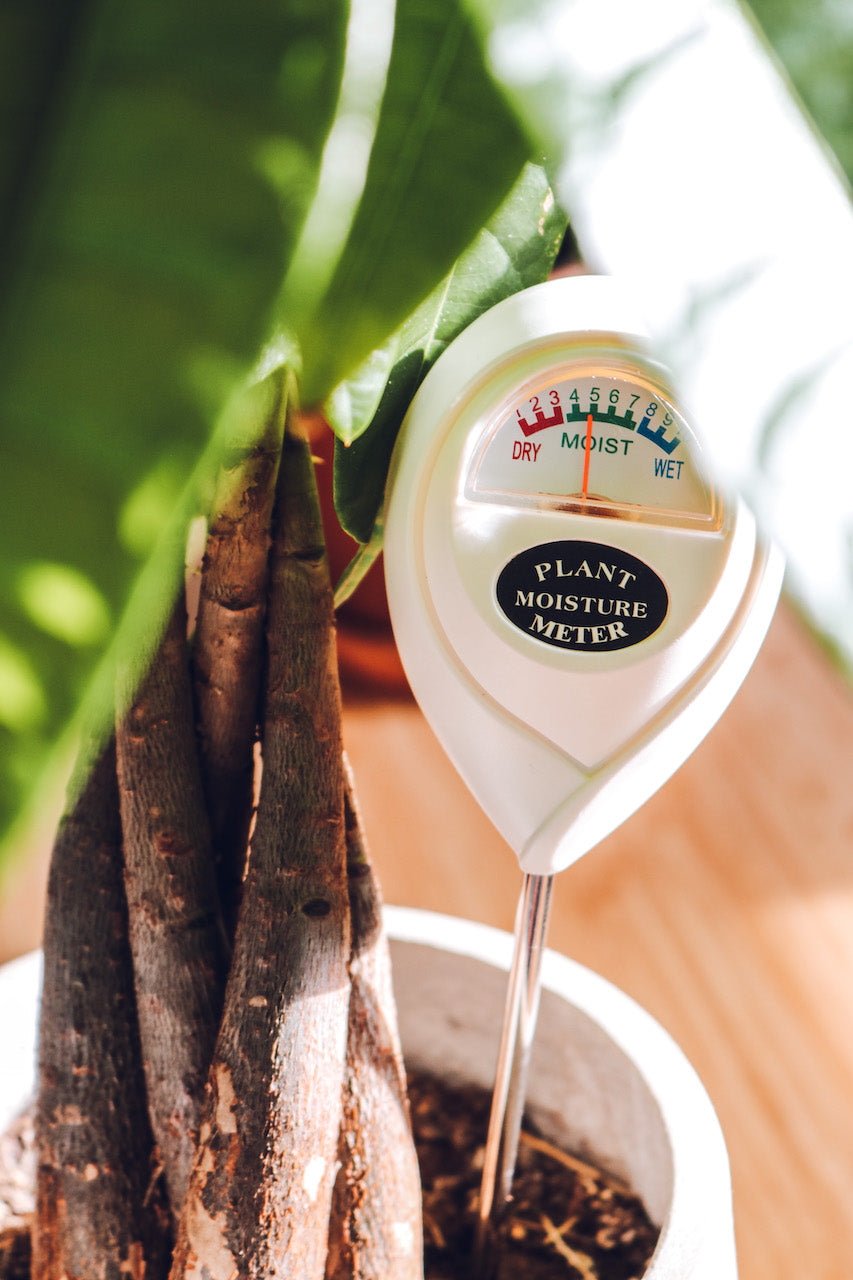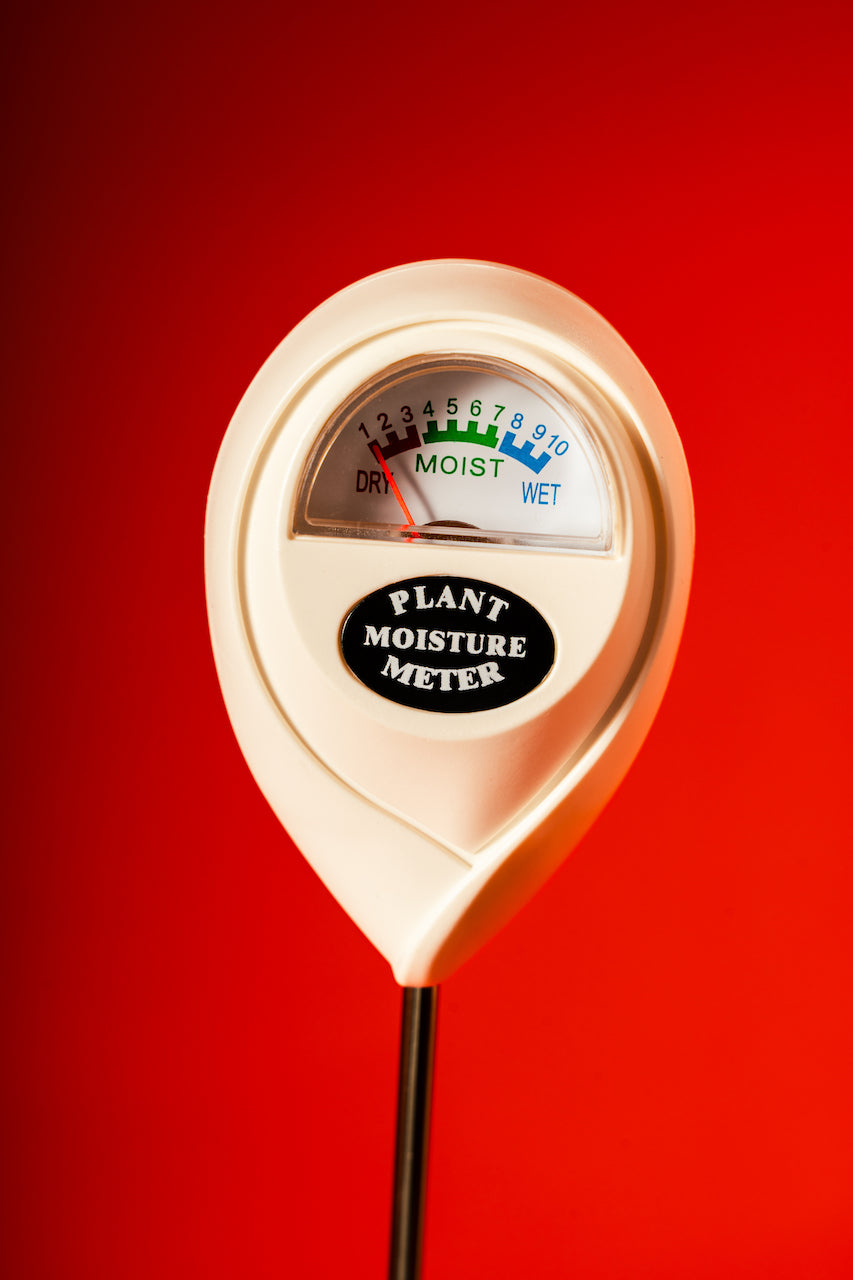How to Use a Moisture Meter to Spot Covert Water Damage in Your Residential property
How to Use a Moisture Meter to Spot Covert Water Damage in Your Residential property
Blog Article
Understanding the Value of a Moisture Meter in Avoiding Mold and Water Damage in Your Home
In the world of home upkeep, the visibility of wetness can typically be a silent yet awesome enemy, efficient in triggering pervasive mold development and perilous water damages if left untreated. Amidst the relaxing ambiance of a home, concealed wetness concerns can brew under the surface, posturing a risk to both residential or commercial property and wellness. However, outfitted with the right tools and understanding, property owners can proactively battle these potential risks. Understanding the relevance of a moisture meter in this battle is not just an option however a critical necessity.
Significance of Moisture Discovery
Effective dampness detection techniques are vital for securing buildings and avoiding possible mold growth and water damages. Dampness can seep right into numerous building materials, causing architectural problems and carcinogen. By using a dampness meter, homeowner can proactively identify areas vulnerable to excess moisture, enabling for timely treatment and reduction approaches.
Moisture meters offer precise analyses of wetness degrees in various products such as drywall, wood, and concrete. This data assists in pinpointing locations of worry, also in surprise or hard-to-reach places. Early discovery of dampness buildup enables prompt repair work or adjustments to avoid additional damage.

How Moisture Meters Work
Dampness meters play a pivotal function in the positive recognition of excess wetness, assisting in the avoidance of possible mold and mildew development and water damages by providing accurate readings of moisture degrees in numerous structure products. Some progressed dampness meters pin both combine and pinless technologies for extensive moisture detection. Understanding how moisture meters function is important for timely and exact dampness degree analyses, allowing efficient precautionary steps against mold and mildew and water damages.
Finding Early Warning Indications
Upon preliminary evaluation of a residential property, acknowledging subtle indicators of excess dampness comes to be critical in the very early detection of potential mold and mildew development and water damage. Some usual very early warning signs include stuffy smells, water spots on ceilings or wall surfaces, peeling paint or wallpaper, and warped or blemished surface areas. Moldy smells usually indicate the existence of mold or mildew, also if no visible indications are apparent. Water stains can signify leakages or infiltration, while peeling paint or wallpaper may be an outcome of dampness jeopardizing the adhesion of these products to the surface. Deformed or tarnished surfaces, such as distorting floorboards or stained drywall, are clear indicators of water damage. In addition, a boost in allergic reaction signs and symptoms or respiratory concerns among passengers may recommend the presence of mold as a result of Continue excess wetness. By promptly determining and dealing with these very early indication, homeowners can alleviate the risk of substantial mold and mildew growth and water damages in their residential or commercial properties.
Preventing Mold Growth
Identifying early warning indicators of excess wetness within a residential property not only allows punctual discovery of potential mold development and water damages but also serves as an aggressive action in avoiding the expansion of mold and mildew. To click here for info properly prevent mold growth, it is vital to address any sources of wetness immediately.
Monitoring dampness degrees in areas prone to wetness, such as basements and crawl spaces, making use of a wetness meter can also aid in very early detection of raised dampness levels and possible mold and mildew growth - Moisture Meter. By taking proactive procedures to avoid excess moisture and mold and mildew growth, homeowners can guard their residential property and indoor air top quality.
Benefits of Normal Tracking
Regular tracking of wetness degrees in a residential property can play an important role in preserving a healthy and balanced indoor setting and stopping possible mold and water damages. By frequently examining wetness degrees, homeowners can identify any concerns promptly and take needed activities to stop mold and mildew growth and water damage. Among the key benefits of normal monitoring is early discovery. By recognizing and dealing with high wetness degrees at an early stage, house owners can intervene before mold has the possibility to spread and establish. This aggressive approach can save both money and time in the future by protecting against extensive mold and mildew removal and repair expenses.
Moreover, normal monitoring permits property owners to track patterns and trends in wetness levels over time. Eventually, the regular surveillance of wetness levels empowers home owners to secure their home, safeguard their health and wellness, and preserve the why not try this out honesty of their indoor atmosphere.

Final Thought

By utilizing a wetness meter, building proprietors can proactively recognize locations vulnerable to excess dampness, enabling for prompt treatment and reduction approaches.

Keeping track of moisture levels in locations vulnerable to wetness, such as cellars and crawl spaces, using a moisture meter can likewise help in early discovery of raised wetness levels and potential mold development. (Moisture Meter)
Report this page